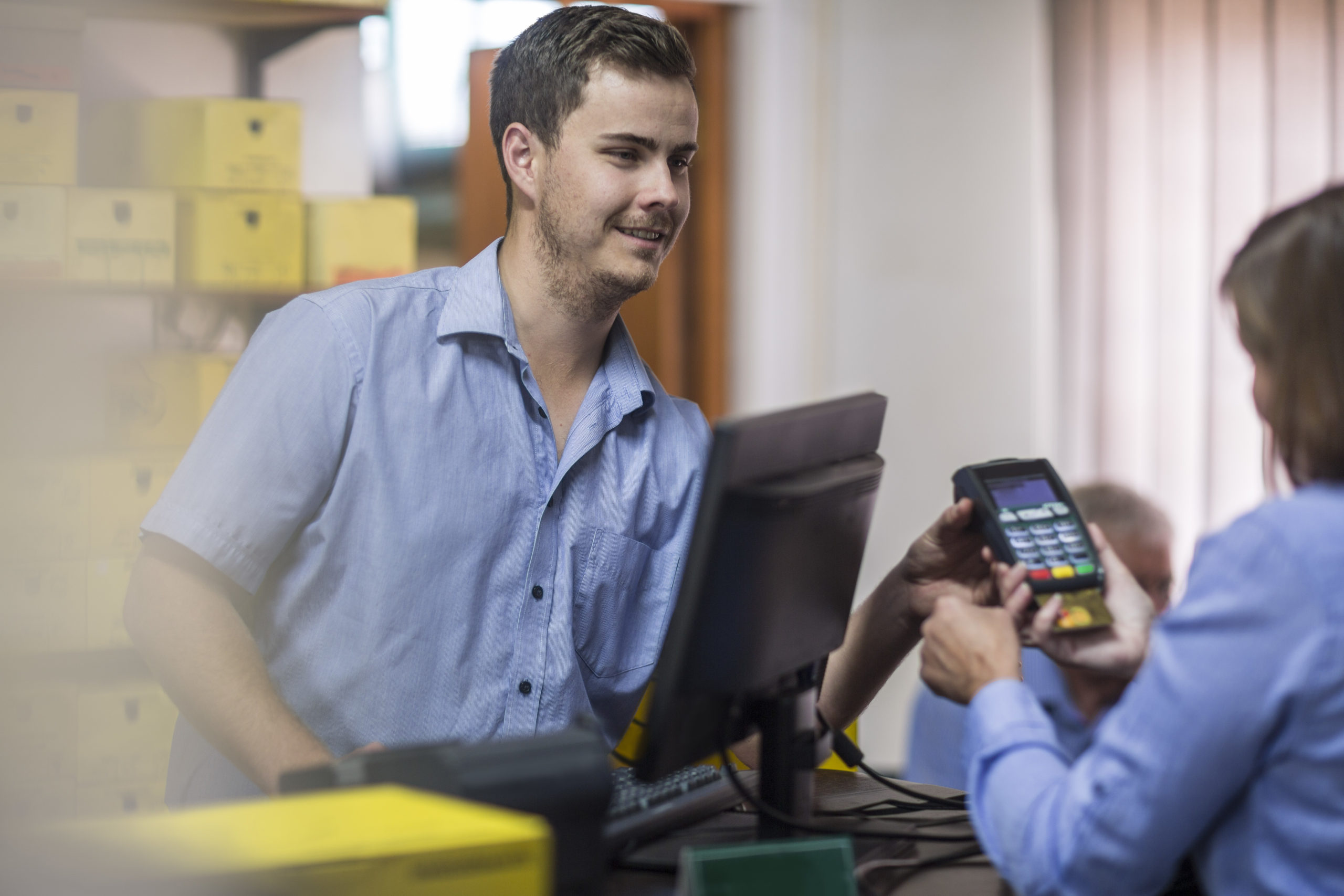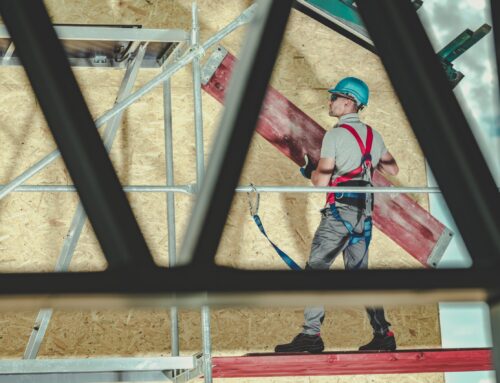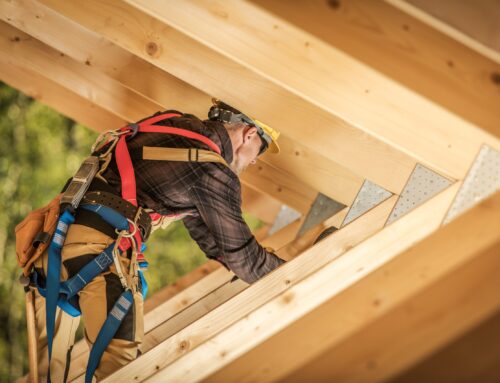Just about every workplace has them — visitors. How can you help them stay safe while they tour your work area?
Like most companies, you probably have a well developed workplace safety policy to protect your workers. But does that policy cover contractors, visitors and temporary workers (which, for the sake of simplicity, we’ll refer to collectively as “visitors”) who come to your facilities? Failure to account for visitors is a huge blind spot that can lead not only to injuries but liability. And even if you do have a visitors’ safety policy, you need to ensure that it’s effective.
First, the visitors must be actually authorized to be there. Observe your company’s security procedures by confronting and questioning visitors. Their business is probably legitimate, but it is possible they are there to steal, stalk a fellow employee or set a fire. Inform the receptionist or guard at the gate if you are expecting a visitor such as a repair person. If the visitor is someone you are going out to lunch with or other personal business, it would be better to meet them off the company property.
There should be a system at your workplace to require visitors to sign in. Your company needs to know who is on the premises at all times in case of an emergency requiring evacuation. Visitors should get a badge to wear showing they have signed in. These regulations should include all regular visitors such as drivers and contractors. All visitors must be escorted, for their safety and yours. The escort should be familiar with the hazards in your plant, as well as the safety precautions and emergency procedures. Groups should have two escorts – one to lead and one to keep the stragglers moving along. Children’s tours should have several escorts.
Visitors should not be allowed into staff areas such as the break room without an escort.
Visitors must wear the appropriate personal protective equipment when entering work areas. This may include safety eyewear, safety shoes or a hardhat. Barricades and signs must mark restricted areas.
Visitors’ vehicles must be parked where they will not obstruct emergency access. Keep valuable items out of reach of visitors. Lock personal items such as purses and briefcases into drawers or lockers.
What if the visitors are from the news media? Don’t talk to them unless you have been authorized to do so. Some employers allow their workers to bring their children in, either on special occasions or when childcare arrangements fall through. The parent must be responsible for the child’s safety and actions at all times.
Another type of visitor is the job shadow. This is usually a student who has been matched with a worker for a day or longer, to follow them through their work day. Such experiences help the young person learn about the work world and make career choices. The employee assigned to the visitor is responsible for enforcing safety and appropriate workplace behavior.
You may have your hands full with doing your own job safely, but you are also responsible for helping workplace visitors to stay safe.






